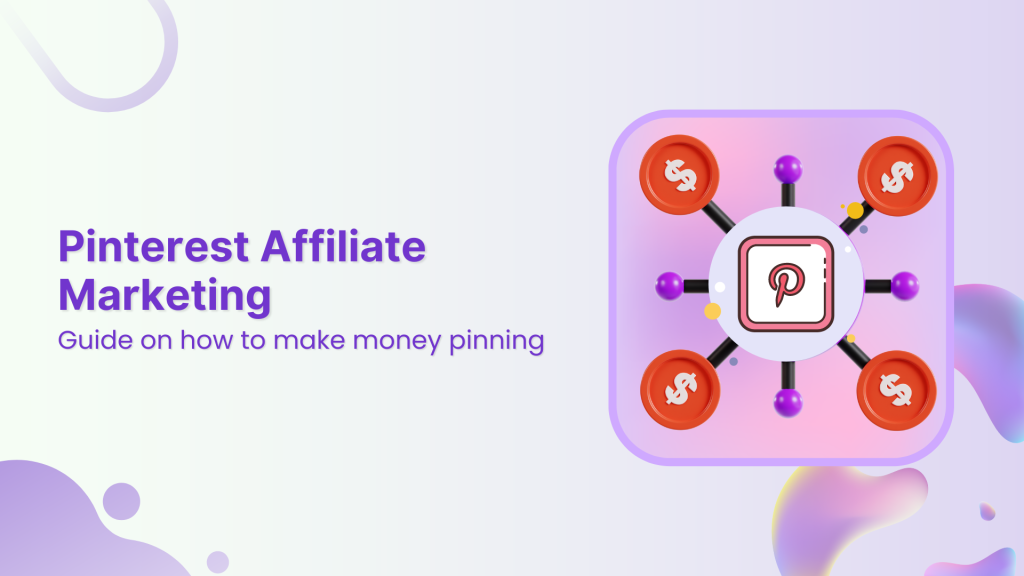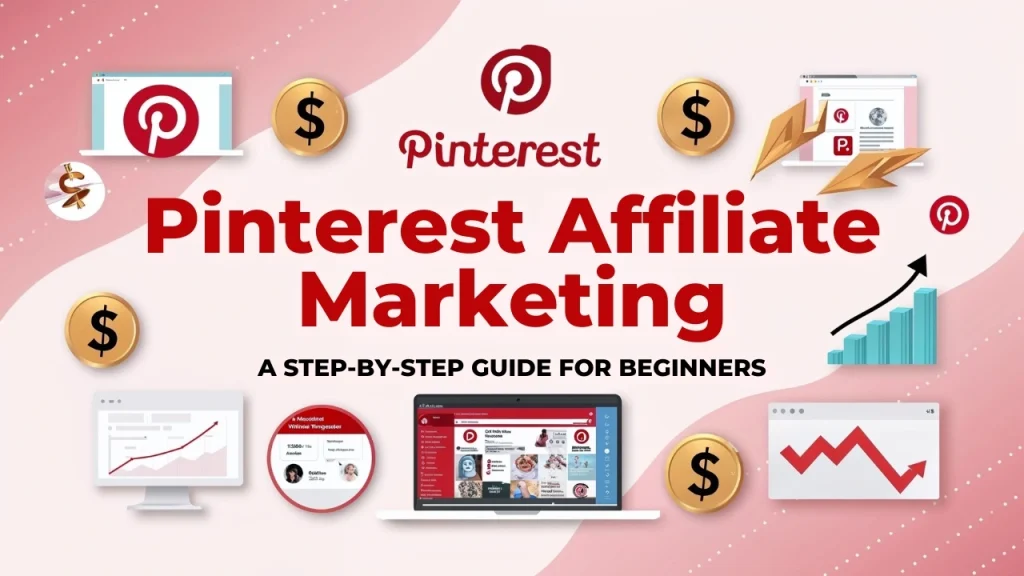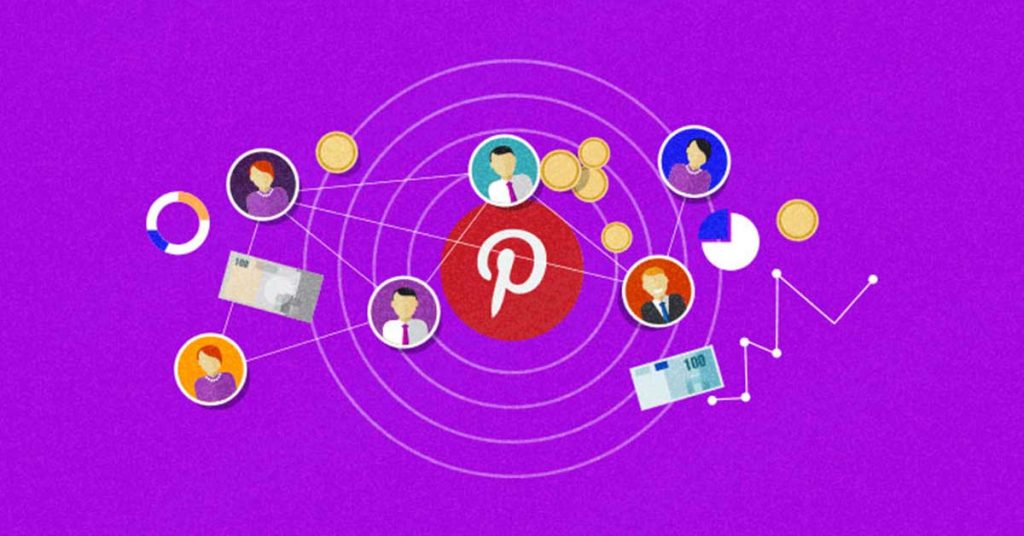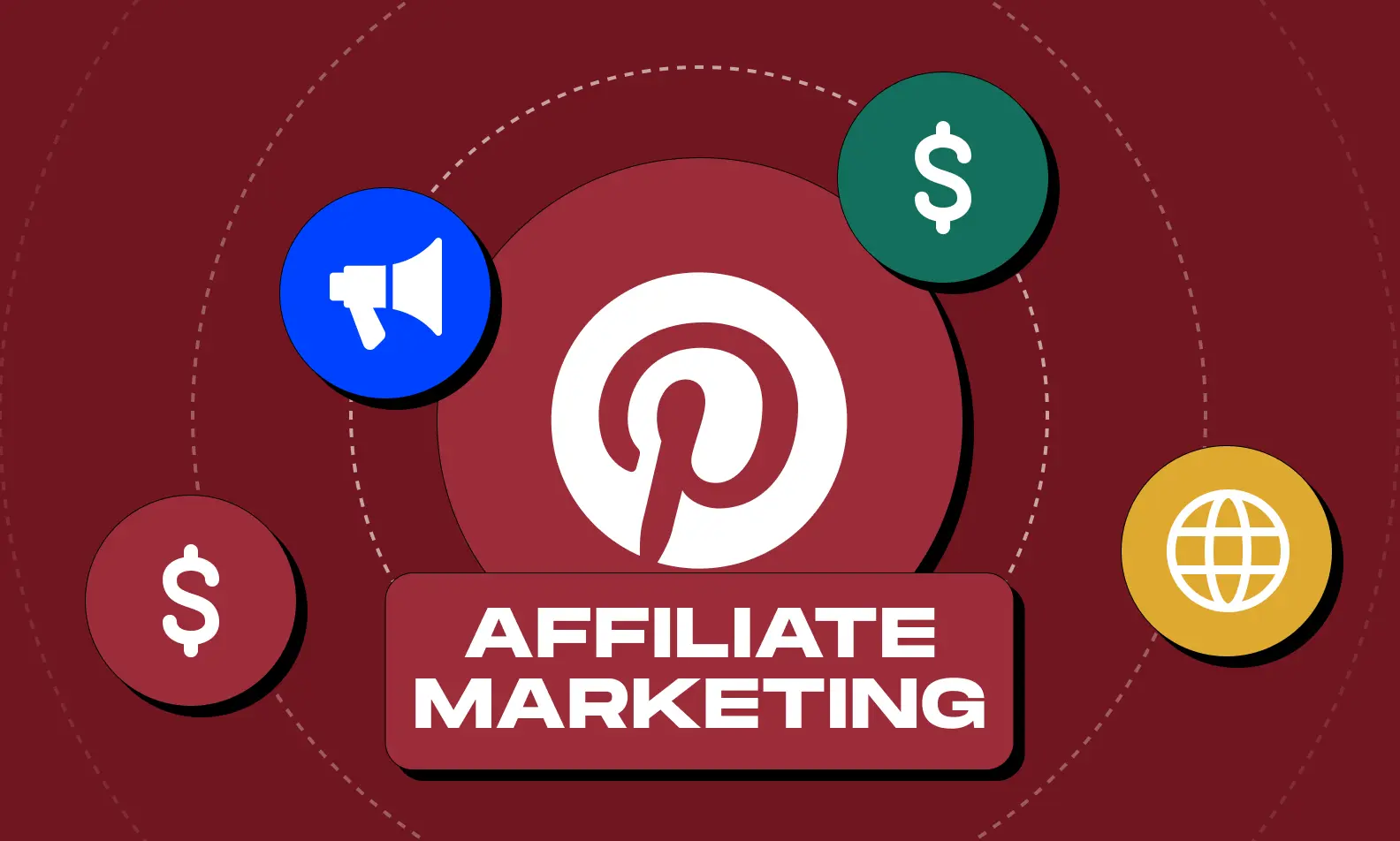Introduction
Affiliate marketing has become a popular way for content creators, bloggers, and entrepreneurs to generate passive income online. Among the platforms best suited for this strategy, Pinterest stands out due to its highly visual and search-friendly nature. Unlike other social platforms where users primarily seek entertainment or connection, Pinterest users actively search for inspiration, tips, and products they are ready to try or purchase. This makes Pinterest an ideal platform for promoting affiliate products without feeling overly promotional. Learning how to affiliate market on Pinterest allows marketers to monetize their content while delivering value to users who are searching for solutions or ideas.
Why Choose Pinterest For Affiliate Marketing?

Pinterest operates more like a visual search engine than a traditional social media site, providing a unique opportunity for affiliate marketers to reach target audiences who are in the mindset to discover and engage with products. Its user base consists of individuals looking for actionable ideas across various niches such as fashion, home decor, fitness, personal finance, and recipes. Unlike other platforms where content has a short lifespan, pins on Pinterest generate traffic over months or even years due to their strong search engine optimization (SEO) capabilities. By combining evergreen content with affiliate links, Pinterest allows marketers to create a sustainable source of ongoing traffic and passive revenue.
Understanding Pinterest’s Affiliate Marketing Policies
Before diving into affiliate marketing on Pinterest, it’s crucial to understand the platform’s policies regarding affiliate links. Pinterest permits direct affiliate links, meaning you can link pins straight to your affiliate products without needing a blog or website. However, transparency is key. You must disclose affiliate relationships clearly to comply with both Pinterest guidelines and legal requirements, such as the Federal Trade Commission (FTC) regulations. This can be done by including simple disclaimers such as “affiliate link” in your pin descriptions. Additionally, Pinterest prioritizes high-quality, valuable content, so spamming followers with affiliate links or using misleading descriptions can lead to decreased reach or account suspension.
Setting Up Your Pinterest Account For Affiliate Marketing
To effectively engage in affiliate marketing on Pinterest, the first step is to set up or optimize your account. A business account is recommended as it unlocks analytics tools and promotes credibility. If you already have a personal Pinterest account, you can convert it to a business account or create a separate one specifically for your affiliate marketing efforts. Once set up, optimize your profile with a clear profile picture, an engaging bio that outlines your niche, and a link to your website if you have one. Organize your boards based on relevant categories that align with your affiliate products. Consistency in branding and keyword optimization will help you attract the right audience while improving your content’s visibility in search results.
Choosing A Profitable Niche For Affiliate Marketing
Selecting a niche that aligns with Pinterest’s popular categories is essential for maximizing your reach and earning potential. Pinterest performs exceptionally well for niches like health and fitness, beauty, fashion, home improvement, personal development, and cooking. However, you should choose a niche that not only resonates with your target audience but also coincides with your interests or expertise. This helps ensure your content feels authentic, which builds trust with your audience. Research affiliate programs that are a good fit for your niche, whether through large affiliate networks like Amazon Associates, ShareASale, or individual brand partnerships. Understanding your audience’s needs allows you to recommend products that provide real value, increasing the likelihood of conversions.
Finding And Joining Affiliate Programs
Once you’ve chosen your niche, the next step involves finding suitable affiliate programs. Many brands run affiliate programs through networks such as Commission Junction (CJ), Rakuten, and ClickBank, or independently on their websites. These programs provide unique affiliate links that you can use to promote their products on Pinterest. When selecting affiliate programs, focus on products that align closely with your niche and that you genuinely believe in. Many Pinterest users are seeking actionable advice or products to improve their lives, making authenticity especially important. Joining multiple affiliate programs can diversify your income streams, but it’s important to maintain cohesion within your content so your followers know what to expect from your pins.
Creating Affiliate Content That Converts
Content creation is the heart of affiliate marketing on Pinterest. Since the platform is highly visual, focus on designing aesthetically appealing pins that capture attention while clearly communicating value. High-quality images, creative designs, and attention-grabbing text overlays are key to encouraging engagement. To improve searchability, optimize your pin titles and descriptions with targeted keywords related to the products you are promoting. It’s not enough to simply display a product; your pins should solve a problem or inspire your audience. For example, if you’re promoting home decor products, create pins that showcase design ideas and explain how the products help achieve a desired look. Always include a call-to-action that motivates users to click through your affiliate link.
Optimizing Pins For Pinterest SEO
Pinterest operates using an algorithm that favors optimized content, making SEO a crucial part of your affiliate marketing strategy. Pinterest SEO involves using relevant keywords in your board titles, pin titles, and descriptions to help your content appear in search results when users look for specific topics. Conduct keyword research using Pinterest’s search bar by typing relevant phrases and identifying popular search suggestions that appear. Including these keywords naturally in your content ensures greater visibility. Additionally, using hashtags sparingly with relevant keywords can help categorize your pins further. Over time, well-optimized pins can generate sustained traffic, helping you achieve ongoing clicks and sales from your affiliate links.
Using Rich Pins For Better Engagement

Rich Pins are an advanced feature on Pinterest that automatically syncs metadata from your website or affiliate partner’s site to provide more detailed information directly in your pin. While traditionally used for blog posts or product listings, Rich Pins can also enhance affiliate marketing efforts by displaying product pricing, availability, and descriptions, which can improve click-through rates and conversions. To enable Rich Pins, you typically need to verify your website, but many affiliate platforms provide the necessary metadata for affiliate content. This additional information not only benefits potential customers but also boosts the credibility of your content, making Rich Pins a valuable tool for affiliate marketers.
Leveraging Group Boards And Tailwind For Greater Reach
One of the most effective ways to increase the reach of your affiliate content is by utilizing group boards on Pinterest. Group boards allow multiple contributors to share related content, enabling your pins to reach a wider audience beyond your followers. Look for group boards within your niche that align with the products you promote and follow their posting guidelines carefully. Additionally, tools like Tailwind can help streamline your scheduling efforts and optimize pin distribution for peak engagement times. Tailwind’s analytics also provide insights into performance, helping you refine your strategies over time. Combining both group boards and scheduling tools can significantly expand your affiliate marketing potential on Pinterest.
Disclosing Affiliate Links And Maintaining Transparency
Transparency is critical in affiliate marketing, and Pinterest is no exception. Disclosing affiliate links builds trust with your audience and keeps you compliant with legal guidelines like the FTC and Pinterest’s platform policies. This can be done by mentioning that affiliate links are included in the pin description with clear phrases like “This post contains affiliate links,” or “Affiliate link included.” This openness reassures users that you may earn a small commission through their purchases, further solidifying your credibility. Maintaining honesty with your audience fosters long-term trust, leading to increased engagement and higher conversion rates for your affiliate marketing efforts.
Tracking Performance And Analyzing Results
To refine your affiliate marketing strategy on Pinterest, regularly monitoring your performance is essential. Pinterest Analytics provides valuable data on impressions, saves, outbound clicks, and audience insights. Evaluating these metrics helps you identify which pins are driving the most traffic and conversions, enabling you to adjust your content strategy accordingly. Additionally, many affiliate programs provide their own analytics dashboards, where you can track sales, clicks, and commissions generated from individual affiliate links. Combining insights from Pinterest and affiliate platforms helps you better understand your audience’s preferences, allowing you to focus on high-performing products and optimize underperforming pins.
Staying Consistent And Scaling Your Efforts
Consistency is key when affiliate marketing on Pinterest. Regularly posting fresh, optimized pins ensures that you remain visible in search results and continue attracting new audiences. Creating a content calendar can help maintain a steady flow of pins while promoting seasonal products or trending topics relevant to your niche. As your account grows, consider expanding your strategy by experimenting with different types of pins such as Idea Pins, which allow for multi-page storytelling and deeper engagement without leaving the platform. Over time, as you scale your efforts, your affiliate marketing strategy can become more refined, driving consistent traffic while increasing income potential.
Avoiding Common Affiliate Marketing Mistakes On Pinterest

While Pinterest offers substantial opportunities for affiliate marketers, there are common mistakes that can hinder success. Over-promoting products without providing value or context can lead to follower fatigue and reduced engagement. Similarly, neglecting to optimize pins with relevant keywords results in lower visibility, regardless of the quality of your content. Another common mistake is inconsistent posting, which limits your ability to build a loyal audience. Finally, failing to track performance metrics prevents you from learning which strategies work best and improving your approach over time. By remaining mindful of these pitfalls, you can refine your process and increase the effectiveness of your affiliate marketing efforts.
Future Trends In Affiliate Marketing On Pinterest
As Pinterest continues to evolve, its affiliate marketing landscape is expanding with new features and trends. Video content is becoming increasingly popular on the platform, with Idea Pins and short-form videos providing engaging experiences for users that can highlight products in more dynamic ways. Additionally, Pinterest is refining its commerce capabilities by introducing shopping features that integrate affiliate marketing and product promotion more seamlessly. The growing importance of personalization also means that marketers who tailor content to their audience’s specific needs will stand out from the competition. Staying attuned to these trends can help you adapt your strategy and remain competitive as Pinterest evolves.
Conclusion
Affiliate marketing on Pinterest offers an incredible opportunity for both new and seasoned marketers to generate sustainable passive income by sharing valuable, inspiring content with an engaged audience. By understanding Pinterest’s policies, selecting a profitable niche, joining affiliate programs that align with your audience’s interests, and optimizing your content for searchability, you can build a successful affiliate marketing strategy that grows over time. Consistency, transparency, and creativity are key to standing out in Pinterest’s visually-driven environment. As you refine your approach and integrate evolving platform features, you’ll be able to maximize your earning potential while providing real value to the Pinterest community.

